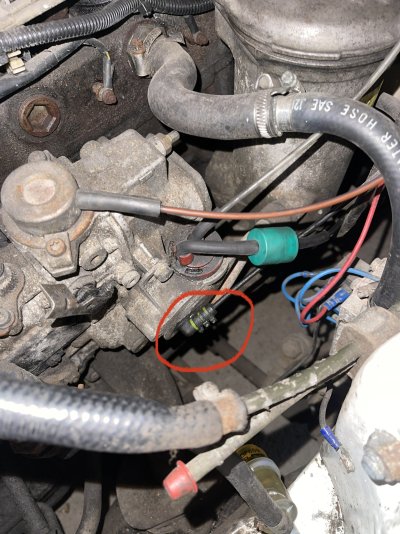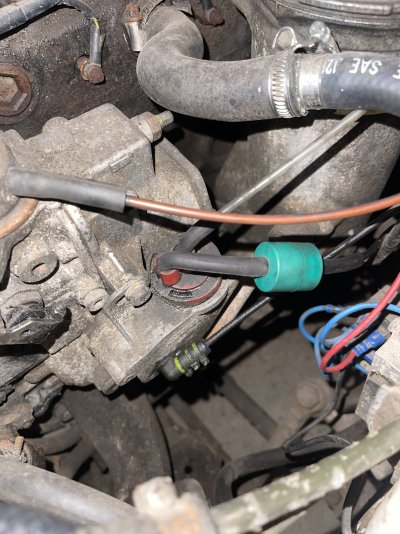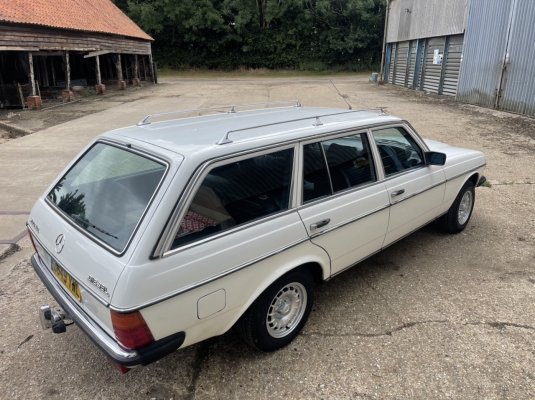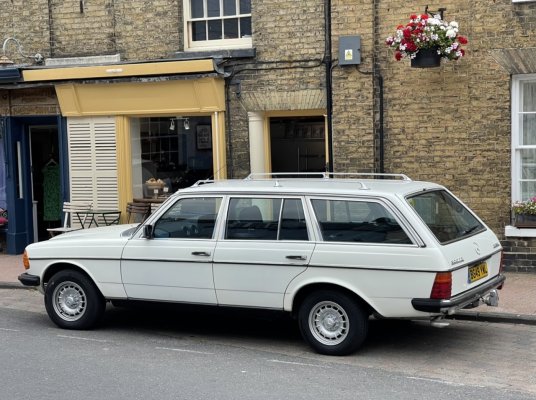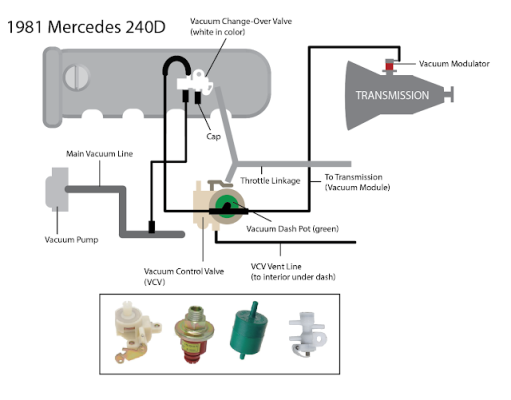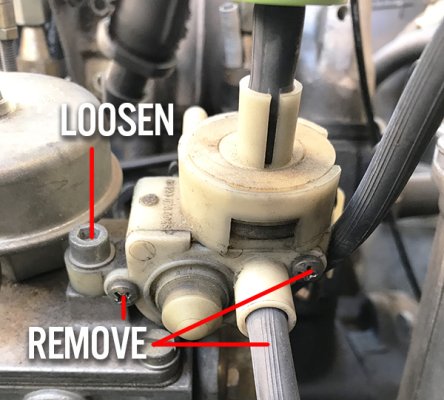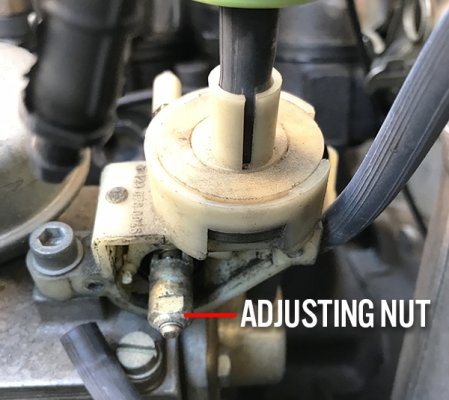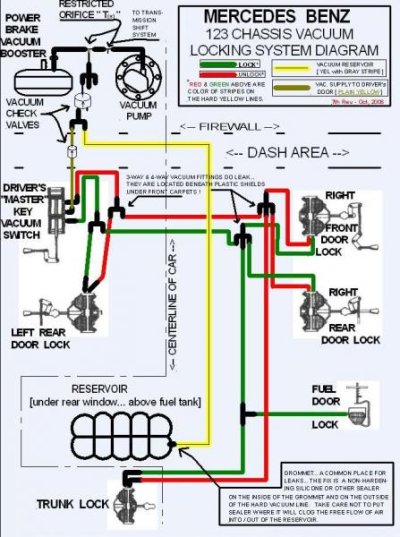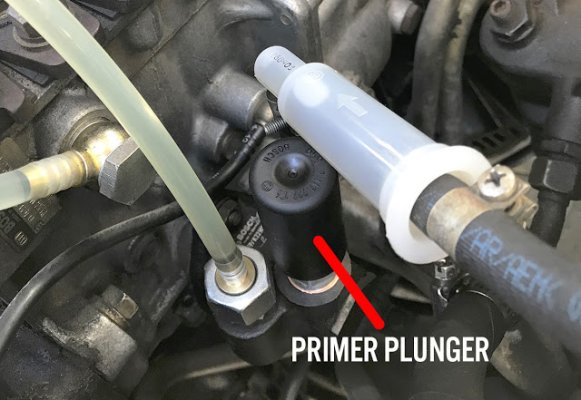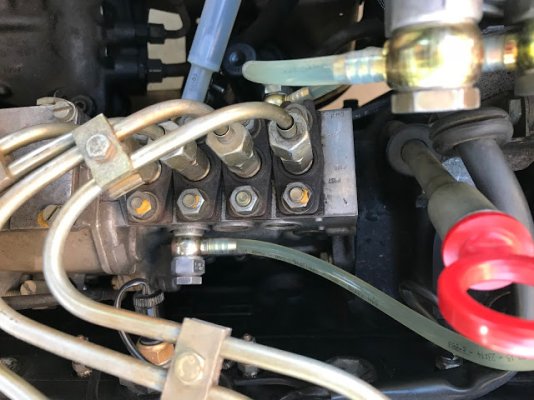dot
Member
Hi All,
I’m making some progress with the ‘85 300TD, although still having some electrics issues I’ve put on another post in the appropriate section.
My replacement rear passenger door actuator arrived today and was duly tested and fitted. Works a treat. I worked around the rest of the doors and then found on the passenger side that a red vacuum line was wrongly connected to the green line. Rectified that.
So I then with some trepidation thought I may then get an engine shutdown and a working central locking system. Nope.
When I isolated the locking system with the vacuum pump it locks and unlocks perfectly. And with everything connected back up the engine shut off valve ALMOST works. So I’ve turned my attention to the engine bay.
The shut off valve definitely holds vacuum. The line from that to the 4-way connector is good.
The main brake servo vacuum line is good.
The line to headlamp adjuster seems to let by a little. I will change this. Lines to headlamps ok.
So this brings me to the gearbox. I can’t achieve any vacuum from any pipes, and the green check valve appears to let by both ways. That can’t be right can it? And in the photo the bottom line (circled) attached to the side there just goes to open air? I can’t find anything about this except for one post somewhere that says it is supposed to go to open air?
Any gearbox vacuum advice appreciated - my last q is would this stop the engine shutting down? I literally have to just touch the manual shut off lever and the engine switches off, so I’m almost there!
Thanks all, Dot
I’m making some progress with the ‘85 300TD, although still having some electrics issues I’ve put on another post in the appropriate section.
My replacement rear passenger door actuator arrived today and was duly tested and fitted. Works a treat. I worked around the rest of the doors and then found on the passenger side that a red vacuum line was wrongly connected to the green line. Rectified that.
So I then with some trepidation thought I may then get an engine shutdown and a working central locking system. Nope.
When I isolated the locking system with the vacuum pump it locks and unlocks perfectly. And with everything connected back up the engine shut off valve ALMOST works. So I’ve turned my attention to the engine bay.
The shut off valve definitely holds vacuum. The line from that to the 4-way connector is good.
The main brake servo vacuum line is good.
The line to headlamp adjuster seems to let by a little. I will change this. Lines to headlamps ok.
So this brings me to the gearbox. I can’t achieve any vacuum from any pipes, and the green check valve appears to let by both ways. That can’t be right can it? And in the photo the bottom line (circled) attached to the side there just goes to open air? I can’t find anything about this except for one post somewhere that says it is supposed to go to open air?
Any gearbox vacuum advice appreciated - my last q is would this stop the engine shutting down? I literally have to just touch the manual shut off lever and the engine switches off, so I’m almost there!
Thanks all, Dot

